Introduction
In the vast tapestry of culinary traditions worldwide, certain ingredients stand out for their unique flavors, textures, and health benefits. Among these, perilla leaves, also known as shiso or Korean basil, occupy a distinct niche. Native to East Asia, perilla leaves (Perilla frutescens) are a versatile herb that adds a burst of fresh, minty, and slightly citrusy flavor to dishes. Whether used fresh, pickled, or cooked, perilla leaves enhance the culinary experience, making them a staple in Korean, Japanese, and Vietnamese cuisines. This article delves into the intricacies of how to eat perilla leaves, exploring their preparation, pairing, and incorporation into various dishes to unlock their full potential.
Understanding Perilla Leaves
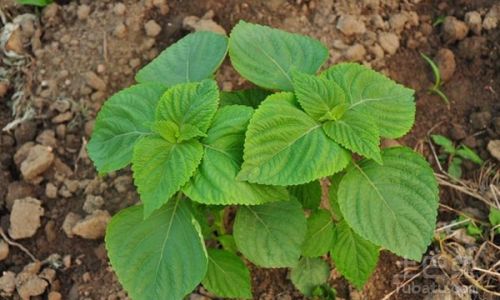
Before diving into the culinary applications of perilla leaves, it’s essential to understand their basic characteristics. Perilla leaves come in two primary varieties: green (Perilla frutescens var. crispa) and red (Perilla frutescens var. acuta), with the green variety being more common. Both types feature a delicate, oval shape and a surface adorned with fine hairs that contribute to their aromatic profile. The leaves have a slightly spicy, minty taste with hints of citrus and licorice, making them an excellent foil for fatty, savory, and sweet flavors alike.
Nutritionally, perilla leaves are a powerhouse. They are rich in vitamins A, C, and K, antioxidants, and essential fatty acids like omega-3. These nutrients contribute to their health benefits, which include anti-inflammatory properties, improved digestion, and potential cardiovascular health support.
Preparing Perilla Leaves
-
Selection and Storage
When choosing perilla leaves, look for fresh, vibrant green (or red) leaves with no signs of wilting or discoloration. The stems should be firm and not too woody. Store fresh perilla leaves in an airtight container lined with a damp paper towel in the refrigerator. They will keep for about three to five days. For longer storage, freeze the leaves after blanching them briefly in boiling water and drying them thoroughly. -
Cleaning
Gently rinse perilla leaves under cold running water, being careful not to bruise them. Pat them dry using a clean kitchen towel or paper towels to remove excess moisture.
-
Trimming
Depending on the recipe, you may need to trim the stems. For whole-leaf use, simply remove the bottom inch of the stem. For finer preparations, like chopping or tearing, strip the leaves from the stems entirely.
Incorporating Perilla Leaves into Dishes
Perilla leaves’ versatility allows them to be used in a multitude of ways, ranging from raw consumption to cooked applications. Here are some innovative methods to incorporate them into your meals:
-
Raw in Salads and Wraps
Perilla leaves add a refreshing crunch and aromatic flavor to salads. Mix them with chopped vegetables, tofu, or grilled meats for a vibrant, healthy dish. They are also excellent wrapped around sushi, grilled meats, or used as a garnish for rice bowls. -
Kimchi and Pickled Preparations
One of the most famous uses of perilla leaves is in Korean kimchi. The leaves are often added raw to the fermentation mix, where they contribute their unique flavor and help balance the acidity of the dish. Pickling perilla leaves in a vinegar-based brine creates a tangy, preserved side dish that pairs well with rice, noodles, or grilled foods.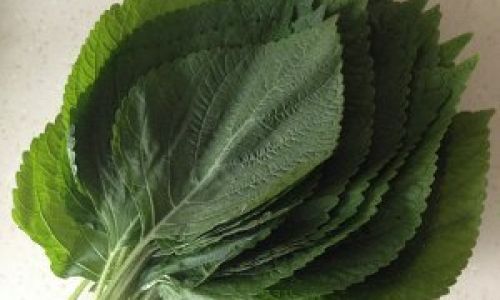
-
Tempura and Stir-Fries
Lightly coating perilla leaves in batter and frying them until crispy transforms them into a delightful tempura snack. They can also be stir-fried with vegetables, tofu, or meat for a quick and flavorful meal. The heat of stir-frying mellows the leaves’ mintiness, creating a harmonious blend with other ingredients. -
Grilling and Barbecuing
Grilling perilla leaves brings out their natural oils and intensifies their flavor. They can be grilled whole and served as a garnish or wrapped around grilled meats, vegetables, or seafood. In Korean barbecue, perilla leaves are a must-have for wrapping around slices of grilled beef (bulgogi) or pork belly (samgyupsal), adding a fresh, aromatic contrast to the rich, savory meats. -
Soups and Stews
Perilla leaves can be added to soups and stews at the end of cooking to preserve their fresh flavor. Their delicate texture and aroma enhance the broth, making it more inviting and flavorful. In Vietnamese cuisine, perilla leaves are often used in bun cha, a dish featuring rice noodles, grilled pork, and a spicy fish sauce dipping sauce. -
Pestos and Sauces
Blending perilla leaves with garlic, nuts, and olive oil creates a vibrant pesto that can be used as a spread, marinade, or dressing. This pesto pairs wonderfully with pasta, grilled vegetables, or as a topping for bread. -
Beverages and Desserts
Perilla leaves’ aromatic oils can be extracted and used to flavor teas, cocktails, or even ice creams. Their minty, citrusy notes add a refreshing twist to beverages and create an intriguing contrast in sweet dishes.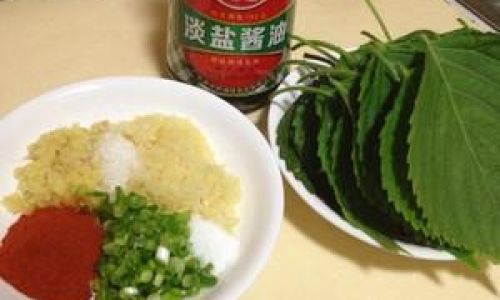
Creative Pairing and Flavor Combinations
Perilla leaves’ flavor profile allows them to pair well with a wide range of ingredients. Here are some inspired combinations to try:
- Seafood: Their citrusy notes complement the sweetness and richness of fish, shrimp, and scallops.
- Meats: Perilla leaves’ mintiness cuts through the fat of grilled meats like beef, pork, and chicken.
- Vegetables: They pair beautifully with summer vegetables like cucumbers, tomatoes, and bell peppers, enhancing salads and stir-fries.
- Grains and Noodles: Their fresh flavor complements rice, noodles, and grains, adding depth to stir-fries, soups, and bowls.
- Fruits: In desserts, perilla leaves can be paired with citrus fruits, berries, and tropical fruits for an intriguing flavor contrast.
- Spices and Herbs: Combine perilla leaves with ginger, garlic, sesame, and chili for a harmonious blend of flavors that enhances both savory and sweet dishes.
Conclusion
Perilla leaves are a culinary gem that deserves a prominent place in any kitchen. Their unique flavor, nutritional benefits, and versatility make them an excellent addition to a wide range of dishes. By mastering the art of eating perilla leaves—from selecting and preparing them to incorporating them into innovative recipes—you can elevate your culinary experiences and explore new flavors. Whether you’re a seasoned chef or a home cook eager to experiment, perilla leaves offer endless possibilities for creating delicious, healthy, and memorable meals. So, the next time you’re at the market, don’t hesitate to pick up a bundle of these aromatic leaves and embark on a culinary journey that promises to delight your taste buds and nourish your body.
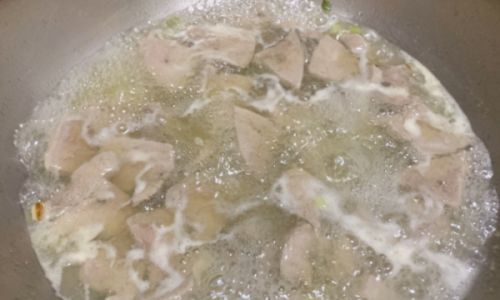
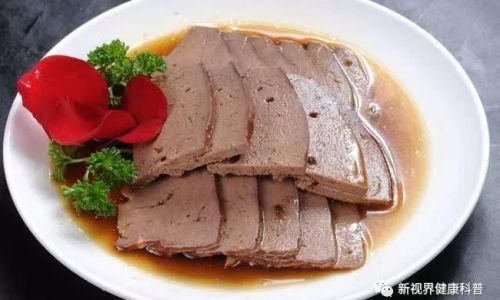
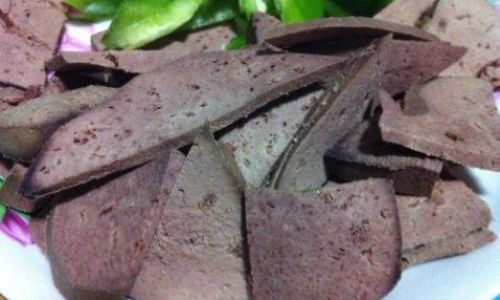


0 comments